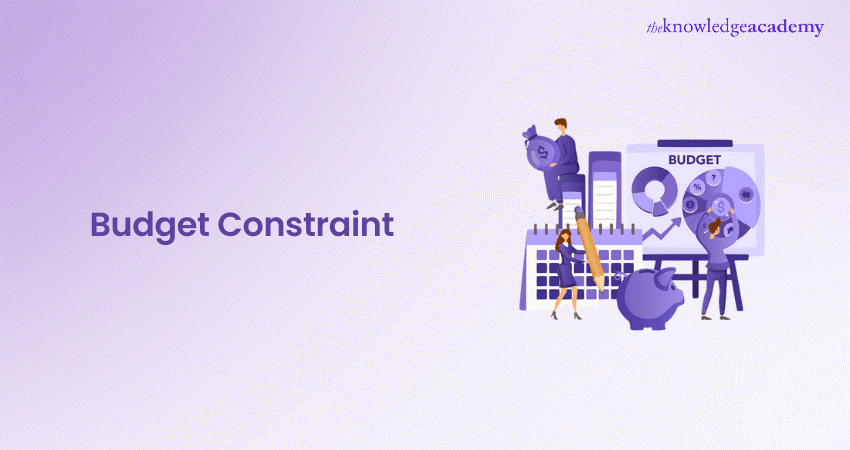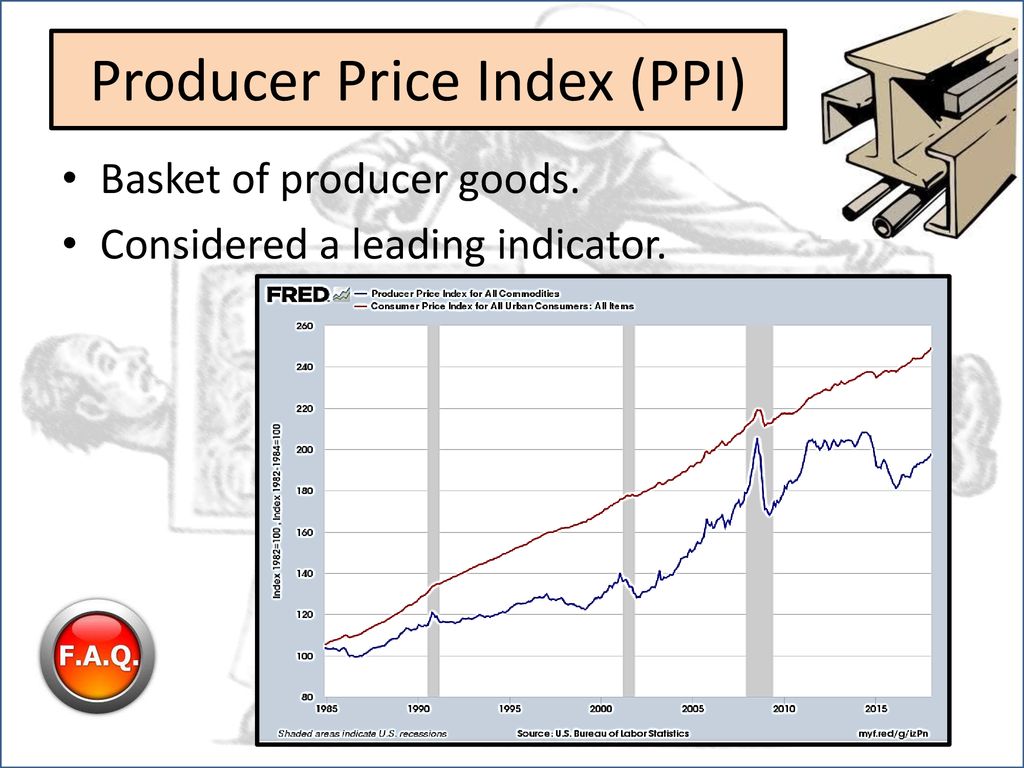
Budget Constraints: Understanding Your Economic Limits – A Beginner’s Guide to Financial Freedom
In a world filled with endless options and enticing advertisements, it’s easy to feel like you should be able to have everything you want. But the reality for most of us is that our financial resources are finite. This fundamental truth is at the heart of what we call budget constraints or economic limits.
Understanding and respecting these limits isn’t about deprivation; it’s about empowerment. It’s about making conscious choices, avoiding debt, and building a secure financial future. This long-form guide will break down budget constraints in an easy-to-understand way, helping you take control of your money and achieve your financial goals.
What Exactly Are Budget Constraints? (The Basics)
Imagine you have a single slice of pizza. You can choose to eat it all yourself, share it with a friend, or save half for later. What you can’t do is magically turn that one slice into three. Your budget constraint in this scenario is the one slice of pizza.
In the world of personal finance, your budget constraint is simply the total amount of money you have available to spend or save over a specific period (like a month or a year). It’s your financial "pie." No matter how much you wish you could buy that new gadget, take that dream vacation, and save a huge sum for retirement all at once, your budget constraint dictates what’s actually possible with the money you have coming in.
Key takeaway: Everyone, from a student on a shoestring budget to a millionaire, faces budget constraints. The scale might differ, but the principle remains the same: resources are limited, and wants are often unlimited.
Why Do We Have Economic Limits? The Universal Truths
Budget constraints aren’t a punishment; they’re a natural part of economic reality. Several factors contribute to why we all face these limits:
- Limited Income: This is the most obvious one. Most people earn a fixed salary, hourly wage, or a variable income from a business. Your income sets the initial ceiling for your spending and saving capacity. You can’t consistently spend more than you earn without consequences.
- Unlimited Wants and Needs: Human beings naturally desire more. We need food, shelter, and clothing (our "needs"), but we also want new experiences, better gadgets, fancier clothes, and more entertainment. Our wants are constantly evolving and, left unchecked, can quickly outstrip our income.
- Rising Costs (Inflation): The cost of goods and services tends to increase over time. What $100 bought you 20 years ago buys significantly less today. This general increase in prices (known as inflation) means your money has less purchasing power, effectively tightening your budget constraint if your income doesn’t keep pace.
- Unexpected Expenses: Life is unpredictable. Car repairs, medical emergencies, home maintenance issues, or job loss can suddenly drain your financial resources, forcing you to adjust your spending habits rapidly.
- Scarcity of Resources: On a broader economic level, the world has a finite amount of raw materials, labor, and capital. This scarcity means that not everyone can have everything they want, which trickles down to individual financial limits.
The Impact of Ignoring Your Economic Limits
While it might feel good in the short term to spend freely without considering your budget, ignoring your economic limits can lead to severe long-term consequences:
- Debt Accumulation: The most common outcome. When you consistently spend more than you earn, you rely on credit cards, loans, or lines of credit. This creates a cycle of debt, where you’re not just paying for what you bought, but also interest on top of it. High interest rates can make it incredibly difficult to escape debt.
- Financial Stress and Anxiety: Living paycheck to paycheck, worrying about bills, or constantly dealing with collection calls takes a huge toll on mental and emotional well-being. Financial stress is a leading cause of anxiety and relationship problems.
- Missed Opportunities for Saving and Investing: Every dollar spent beyond your means is a dollar that couldn’t be saved for future goals (like a down payment on a house, retirement, or a child’s education). You miss out on the power of compound interest, where your money earns money over time.
- Limited Financial Freedom: Being trapped by debt or a lack of savings means you have fewer choices in life. You might be stuck in a job you dislike, unable to move, or unable to pursue opportunities because you lack the financial cushion.
- Negative Impact on Credit Score: Consistently missing payments or maxing out credit cards can severely damage your credit score, making it harder to get loans, rent apartments, or even secure certain jobs in the future.
Understanding Your Personal Budget Line: Income vs. Expenses
To effectively manage your budget constraints, you need a clear picture of your personal "budget line." This involves two main components: income and expenses.
1. Your Income: The Foundation
Your income is the money flowing into your household. This can come from:
- Wages/Salary: Your primary job.
- Side Gigs/Freelance Work: Additional income streams.
- Benefits: Social security, unemployment, disability.
- Investments: Dividends, interest, rental income.
- Gifts/Inheritances: One-time or irregular income.
Action Step: Calculate your net income (take-home pay after taxes and deductions) for a typical month. This is your "top line" – the total amount of money you have to work with.
2. Your Expenses: Where Your Money Goes
Expenses are the money flowing out of your household. It’s helpful to categorize them:
- Fixed Expenses: These are costs that are generally the same amount each month and are difficult to change quickly.
- Rent/Mortgage
- Loan payments (car, student, personal)
- Insurance premiums (health, car, home)
- Subscriptions (Netflix, gym membership)
- Cell phone bill
- Variable Expenses: These costs change from month to month and you have more control over them.
- Groceries
- Utilities (electricity, water, gas – can fluctuate)
- Transportation (gas, public transit)
- Dining out/Takeaway
- Entertainment
- Shopping (clothes, gadgets, hobbies)
- Needs vs. Wants: A crucial distinction when evaluating expenses.
- Needs: Essential for survival and basic living (food, shelter, basic utilities, transportation to work, essential healthcare).
- Wants: Non-essential items that improve your quality of life but aren’t strictly necessary (dining out, new clothes when old ones are fine, lavish vacations, premium subscriptions).
Action Step: Track all your expenses for at least one month. This can be an eye-opening exercise! Use a spreadsheet, a budgeting app, or even a simple notebook.
Practical Strategies for Navigating Budget Constraints
Understanding your economic limits is the first step; actively managing them is the path to financial well-being. Here are practical strategies:
1. Create a Realistic Budget (Your Financial Roadmap)
This is the cornerstone of managing budget constraints. A budget is simply a plan for how you’ll spend and save your money.
- List Your Net Income: Start with your total take-home pay.
- List All Your Expenses: Categorize them (fixed, variable, needs, wants).
- Allocate Funds: Assign a specific amount of money to each expense category. Be realistic!
- The Golden Rule: Your total expenses + savings should never exceed your total income. If they do, you need to make adjustments.
2. Track Your Spending Religiously
A budget is useless if you don’t stick to it. Tracking your spending helps you see where your money is actually going versus where you think it’s going.
- Methods: Use budgeting apps (Mint, YNAB, Personal Capital), spreadsheets, or even a simple pen and paper.
- Be Honest: Don’t skip small purchases. Every coffee, snack, or impulse buy adds up.
3. Prioritize Needs Over Wants
When your budget feels tight, this is where tough choices come in. Always ensure your essential needs are covered first before allocating money to wants.
- Evaluate: Look at your variable expenses. Can you reduce dining out? Do you need all those streaming services? Can you find cheaper alternatives for groceries?
- The "Why": Remind yourself why you’re prioritizing (e.g., to build an emergency fund, pay off debt, save for a down payment).
4. Look for Cost-Cutting Opportunities
Even small changes can make a big difference over time.
- Review Subscriptions: Cancel unused ones.
- Shop Smarter: Meal plan, use coupons, buy in bulk, choose generic brands.
- Reduce Energy Consumption: Lower utility bills.
- Negotiate Bills: Call your internet or insurance providers to see if you can get a better deal.
- DIY: Do small repairs or tasks yourself instead of hiring someone.
5. Build an Emergency Fund
This is crucial for handling unexpected expenses without going into debt. Aim for 3-6 months’ worth of essential living expenses saved in an easily accessible (but separate) savings account. This acts as a buffer against unforeseen budget shocks.
6. Set Clear Financial Goals
Having specific goals makes managing your budget constraints feel less like a chore and more like a mission.
- Short-term goals: Emergency fund, paying off a small debt, saving for a new appliance.
- Long-term goals: Down payment on a house, retirement, child’s education, starting a business.
- Assign a Cost & Timeline: Knowing how much you need and by when helps you allocate funds in your budget.
7. Explore Ways to Increase Your Income
While controlling expenses is vital, increasing your income can also loosen your budget constraints.
- Ask for a Raise: If you’ve earned it, negotiate for higher pay.
- Side Hustle: Freelance work, selling crafts, driving for a ride-share, tutoring.
- Sell Unused Items: Declutter your home and make some cash.
The Psychology of Spending: Mindful Choices
Understanding budget constraints isn’t just about numbers; it’s also about understanding our own behavior.
- Emotional Spending: Do you shop when you’re stressed, bored, or sad? Recognizing these patterns can help you find healthier coping mechanisms.
- Social Pressure: Keeping up with friends, family, or social media trends can lead to overspending. Learn to say "no" or suggest free/low-cost activities.
- Instant Gratification: We often prefer immediate pleasure over long-term gain. Practice delaying gratification by saving for a desired item instead of buying it on credit.
- Mindful Spending: Before every purchase, pause and ask yourself: "Do I truly need this? Does it align with my financial goals? Can I afford it without sacrificing a need or my savings?"
Conclusion: Embracing Your Economic Limits for a Brighter Future
Budget constraints are not limitations designed to hold you back; they are the fundamental rules of the financial game. By understanding and respecting your economic limits, you gain immense power over your money and your future.
It’s about making deliberate choices rather than letting money slip through your fingers. It’s about prioritizing what truly matters, avoiding the trap of debt, and building a foundation for financial stability and freedom. Start today by looking at your income and expenses. The journey to financial empowerment begins with this single, crucial step. Your future self will thank you for it.




Post Comment